
I am accountable for my food.
Transcript – I Am an Accomplice of My Food
Good afternoon. Thank you for being here, and thank you for being a part of this because
you are going to be the ones who throw out and make ideas fly when you come out of here.
Today at lunchtime I remembered this prayer that most likely old school, that says:
“Lord, thanks for the food we are going to receive and for the hands that have prepared it…”
And I have the image. since I was a boy. that I thought about those hands, and I didn’t think about the hands of the cook. I thought about the black hands of a farmer who had put his hands deep into the dirt to pick up to the vegetable and the harvest that finally comes to the table.
It’s the work, very direct with the earth, with their hands that finally put the food in
our table
If you allow me, I’m going to tell a story of a close relationship experience I had…with a cabbage.
Not just any cabbage. This cabbage, a Special one. Named Ox Heart
Well. In the habituality of delivering our box, with the vegetables of the week. assorted to a
Customer. I receive an emergency call, that afternoon from our client.
“Diego, you do not know the disaster that I had in the car with the cabbage”
Bit impressed, I could imagine an Infinite number of worms and butterflies hatching from this organic cabbage because it didn’t have any chemicals. Imagining that they had made a “Boom” with the heat of the Car… and you can imagine all the zombie scene associated with that.
and… in this fraction of silence
“Diego; she tells me”. The thing is “the cabbage ran water”
Ok I said. (No big deal for me)
“You don’t get it”, she tells me. “The cabbage squirted a lot of water”
“In my life, had I ever bought a cabbage that run this amount of water”
And it’s true…
Unfortunately, in the market there is no cabbages that you can buy that runs water.
You don’t buy in the market cabbage that are dripping water…
Because they are practically dehydrated, in an advance, Decomposition or fermentation
Malolactic Not to say it´s rotten.
Cabbage is blamed for the fact that it causes bloating. No; Cabbage causes no bloating when
Fresh. Cabbage causes bloating from gas of its decomposition of which it is after several days of…
transfer from hand to another.
Let’s say. It. goes to the fair… Rather comes out fresh from the harvest field, goes to the wholesale fair. The fairground receives a great volume. They do not come with the packaging you know.
To the whole fair they do not arrive with the bag that You see in a supermarket. Let’s say it
they arrive like this (Acting a kick)
A Truck with thousand lettuces of those thousand 200 where lost and so we go, on an on
Disregarding…
Well, this story made me think a little in this relationship of agriculture and market
The truth is, “We have no idea what that we are throwing in our mouths”
We don’t know where it comes from.
That meal, we don’t know who produces it, and we don’t know how it is produced
And this is not an easy system to solve. Public health doesn’t come here, or any other public body, and says here we are, we are going to Fix this issue.
There is a relationship between market and agriculture that is not easy to solve. The farmer
Has to make the planting decision says “God do I plant tomatoes or do I plant onion”
What do I plant? Has to guess what we are wanting or going to eat.
Has to put all his capital “Literally a small farmer buries his capital & money in the ground and waits so that in six months it bear fruit for them. That means running all the risk of a drought of a wind of a rain of insects in the south Chile we have wild boar. I told about this to a Brazilian friend and
well earthquake tsunami volcano…. is what kind of happens in a usual year in Chile
If a small farmer loses all his harvest, We have no idea…
That worker, who works, that farmer who works to feed us suffer all that loss and we…We wash our hands.
Third problem, the farmer comes to market with a floating price, if he arrives and his lettuce had to pay 500 Rupees to make any income, and that day at the fair the lettuce price was at 200 Rupees, for that day is 200 pesos. He cannot return with his product and has to sell at that price and Lose 300 Rupees 60% for the product, for each lettuce
Fourth problem 30% percent of the food that we produce in the world goes to waste. Data and figures from FAO
It’s work, its production reaches the market, reach the consumer, It’s there on the shelf, and spoils in the shelf because it does not reach the end customer.
We are talking about 30% And let me emphasize this. ITS A 30% PERCENT.
Do you Imagine NASA losing 30% of the satellites it sends into orbit because I was wrong, and they didn’t make it to Its mission objective.
We are sending food thousands of kilometers to the city, to markets, and 30% do not arrive
to the final consumer?
And let’s not talk about what’s discarded before
I made a small, study. a Statistic. Randomly took 30 Zucchini to keep more or less
Minimum N of sample. I sorted them in the Supermarket trolley, and they all measured 23 centimeters, Had a caliber between 10 and 11 centimeters, perfectly cylindrical and homogeneous color 4 sides.
Anyone who has ever had a class of Statistics at school or University. even if he passes the class with minimum grade, is going to know someone trimmed the Gauss Bell off 45% to each side, (exaggerating) and everything else went to garbage.
That is what we’re throwing away.
This is something that cannot continue like this for the Environmental damage from the social cost that it means, and we have to move on to action
With a group a remarkable team, we have built an initiative which is called which is based in technology. Now it’s not the technology, it’s how technology enables us to have new social behaviors.
What we want to achieve is that we do not buy our vegetables to a producer at end of harvest.
We want you to invest in a small producer in one square meter and receive the harvest as the fruit “my web garden” (Mi Huerto Web) of your investment.
This solves the four Problems we were seeing
The planting decision is solved, because you’re going to buy a square meter of some lettuce or carrot. The farmer no longer has to guess that what you will want to eat. “Hey I planted
this type of lettuce; No thanks happen to be trendy last season, not anymore.…. “You lost”
Everything to the garbage…
You are going to buy a project to sow. The farmer doesn’t care if he grows carrots or lettuce, he can do either or both and do well.
But it’s the consumer buying a square meter that’s going to invest and will encourage the cultivation of one thing or another.
The second problem, now as an investment, we are providing the working capital
and we are sharing the Risk. If I buy a square meter of a production and something happen, I lose a
square meter, the producer would have to lose the 500m2 in the other scheme, this is called dilution of risk. Among all, we assume the risk of a crop and it dilutes.
Third the price does not float, if I bought a square meter and that meter square says it has 10 lettuces I will receive 10 lettuces, bigger, smaller; but I’m going to receive 10 lettuces.
And if I want them to be organic because the project said so, and I believe that it’s good to eat organic, OK let’s eat organic, but we cope the risk with the producer. Let’s not ask for it to be organic and pretend it as big and so neat as a hyper fertilized/and full of chemical one.
And don’t look at me if a slug is coming along. Because if a slug comes, it is the certification that this lettuce can be eat. I would worry if in the lettuce a slug dies when it eats the lettuce.
because it means that this lettuce is not meant for slug and most likely for human consumption either.
And fourth problem we solve. The food wastes. Because all the food, everything that is harvested arrives directly to the customer. Because we have integrated a system of Territorial Distribution Logistics, where if I am from a specific district, I buy a local farmer and that (harvest) will
Arrive in the day in less than 6 hours.
A place previously agreed, a fair, but not a fair, and the box is sorted already This can be at the time leaving school Saturday at the exit to the Church in the office parking lot.
In a place where I don’t have to make an extra trip to be able to pick up that vegetable.
This not only solves the problems of agriculture in general, but we are solving Traceability issues We know who produces, how it is produced, where…
We have a local consumption enabled. Lettuce no longer must come from the Far away north district. They are locally produced, and we promote fair trade and Inclusive business
We are efficient buying the “Margarita” 20 Lettuce. 20 lettuces are not a volume to supply a fair nobody can arrive the wholesale fair with 20 lettuces, because 19 are lost. Then we are efficient
We can include anyone and for fair price. Because the price is set by the producer and if the producer tells me: “look I want To sell my lettuce in 10.000 rupees because I water them with moon water from the magic river and I read “Bhagavad Gita” in Full moon nights” …
Good this is your lettuce and that’s the price. I don’t know if all of us are going to pay that price
Maybe my father that like “Bhagavad Gita” Might buy a couple of lettuce at that price because they read Bhagavad Gita to those vegetables, but the fair price is the price established by
The farmer.
Where are we going with this because this is not about agriculture, I am a forestry engineer
And this is about understanding the market.
Otherwise. We must understand that “In the market in the price”, we must Include social and environmental value.
We cannot ignore when we buy a lettuce, the environmental cost of that vegetable the
Social cost of it.
We must include it in the price. This does not mean that’s a more expensive lettuce but is a
lettuce which means greater commitment and Increased awareness of what we are eating
And it doesn’t end here, because if we are able to sell a square meter of lettuce, if we are able as consumers to promote local agriculture, more sustainable, fairer, and more inclusive; with our decision of sowing…
We can buy a square meter of Native Forest restoration, we can buy a square meter of flowers
for the conservation of bees, we can buy a square meter of river protection.
It’s about us, and a system that enables consumers.
It´s a way for us to promote the future we want.
Today the market gives us the more profitable products for the business, not the ones that are healthier for Us.
We have to create a system that values the social, that values the environmental.
Because when we buy…
We are complicit in what we eat.
Thank you


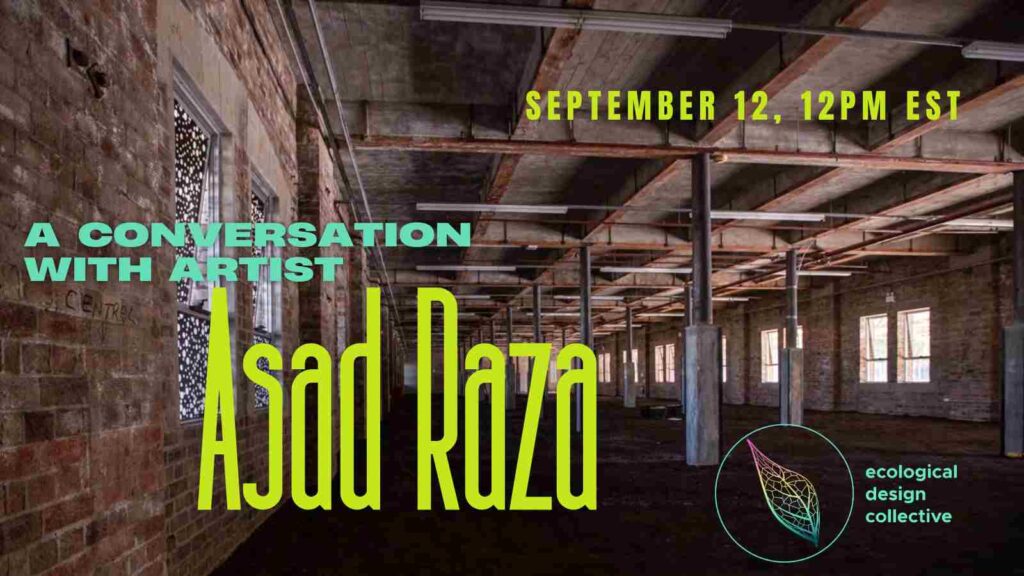
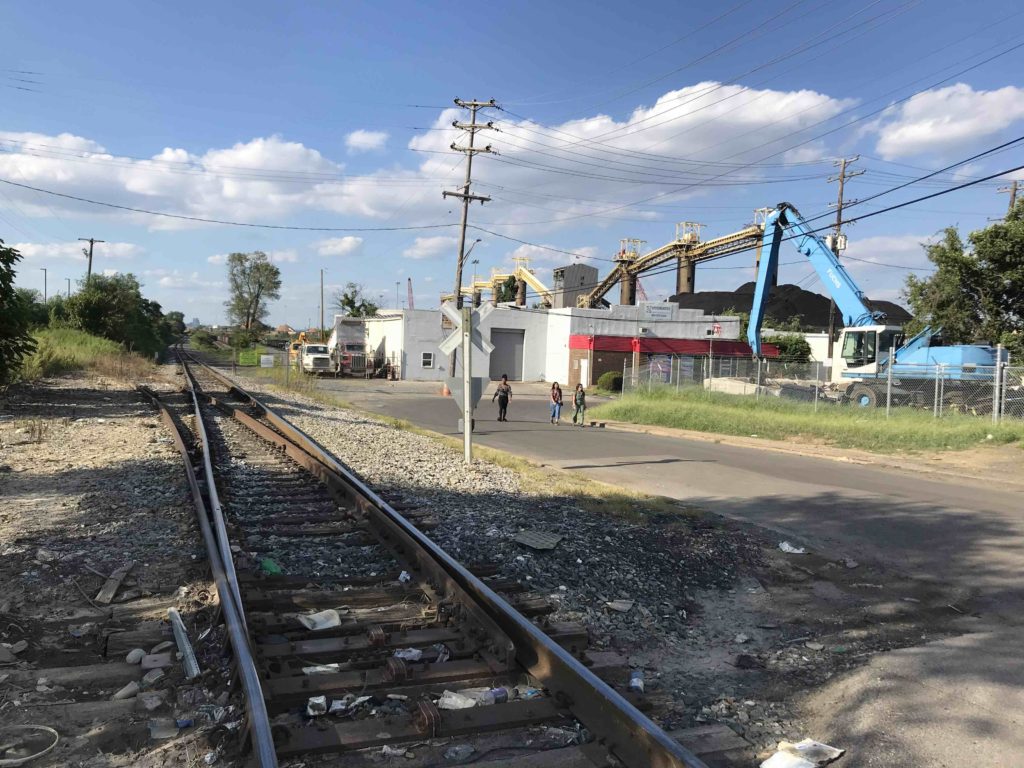
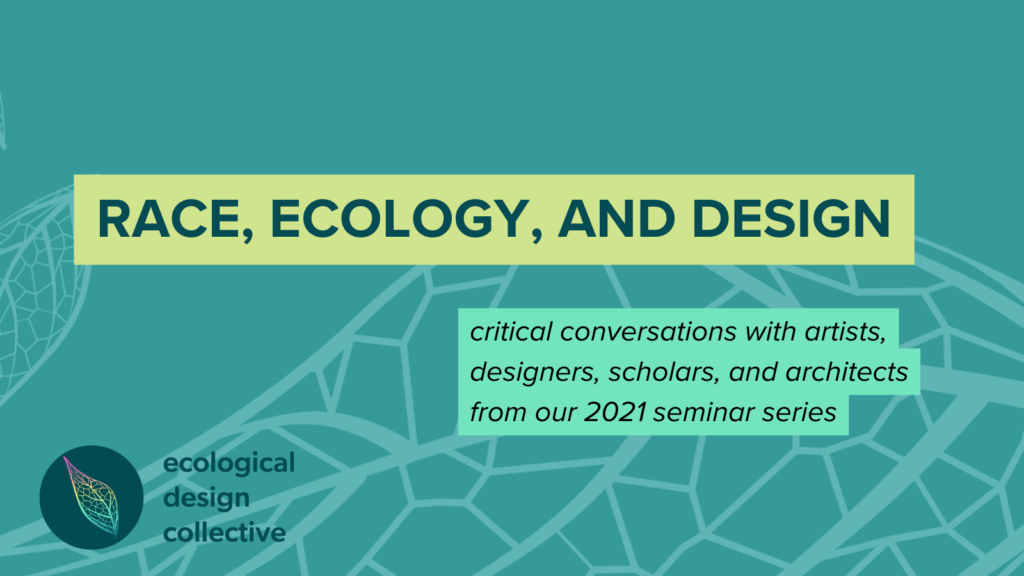
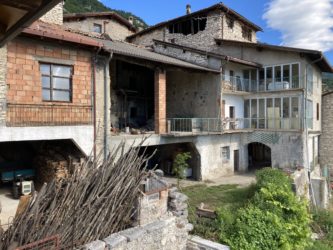
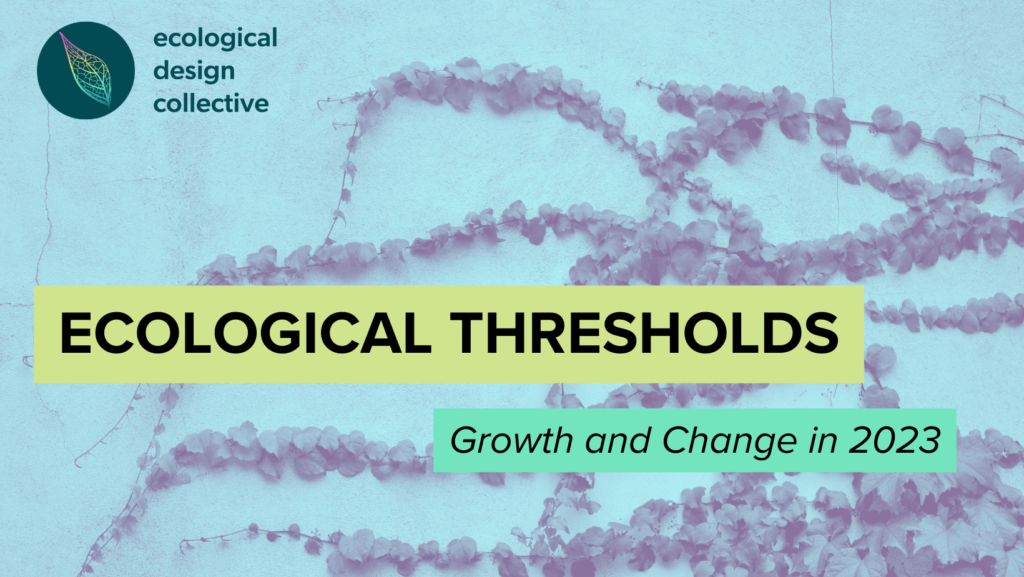
Responses